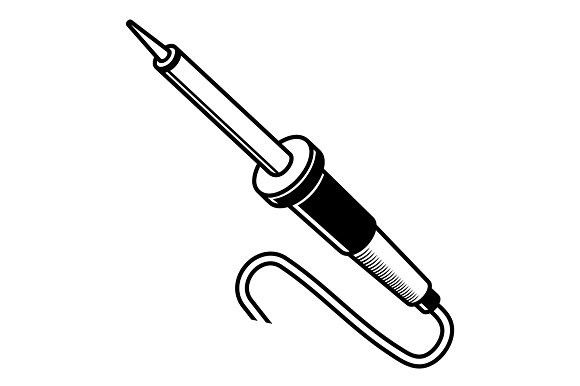So, I’m pretty new at soldering and I’m looking for some advice on how to not ruin a via while removing solder…
I was trying to remove the solder from a original Xbox 1.0 motherboard and I burnt the shit out of a via and caused issues with several others.
https://lemmy.ca/pictrs/image/d2d4a90b-aab2-4521-9cbb-25e3cd305ae7.jpeg
I was able to fix it and everything is working but I want to do better.
https://lemmy.ca/pictrs/image/b2d04556-025e-404d-940d-886247cdb97c.jpeg
I used a pointed tip, flux, and added some of my own solder to the via. I then cleaned, added new flux, and used solder wick to remove the solder. Some points, would NOT melt at all. I kept increasing the temp to 430°c and it finally melted and took everything with it.
Now, I know I fucked up and used too much heat. I probably should have used my rework station and a solder sucker but I JUST got the rework station and didn’t want to popcorn the OG Xbox board… The solder wouldn’t stay melted long enough from my iron for the sucker to work so I used wick.


My advice for any future projects…
When solder doesn’t want to cooperate with you, that generally means the heat is getting absorbed too quickly through larger board traces, often ground or power traces.
You don’t want to focus too much heat in one spot, it’s much better to preheat the board around such stubborn areas. Even if you gotta go redneck style and use a hair dryer, it helps a lot to preheat the board.
I got a rework station about a week ago. Is there a good temp to heat the board with? I know I don’t focus the heat in one spot and always keep it moving but as for temperature or air flow I have no idea.
I haven’t read or seen many people preheat the board. Is this true for all soldering projects or just for the stubborn points?
Nah, mostly a thing just for the stubborn points, but a lot of parts unfortunately have to connect one way or another to said stubborn areas, as that’s where they get power.
And those traces are typically way larger, even if you don’t immediately see those traces, they can be buried in one of the middle layers of the board.
Different materials have a different thermal expansion/contraction rate, so it always helps to try to even out the heat level on the board, hence the reason to preheat it.
It’s never good to try to suddenly put 430⁰ Celsius on one spot of a board when your room temperature might be about 30⁰ Celsius, that’s a huge temperature change for any one focused spot.
You want the board overall to be pretty warm (and dehumidified if you’re really getting serious like reballing a chipset or something), but yeah, stubborn spots like to be preheated.
It also partly depends on the type of solder being used, older lead based solder melts at lower temperature, but lead based solder is practically obsolete these days. Most solder these days is tin based, which has a higher melting point.
In my experience with soldering, I’ve found the temperature range between 370⁰ to 420⁰ Celsius to be sufficient, but when I have to crank it up to 420⁰ I’m already worried.
This makes me feel a lot better, thank you!
My usual temperature was 370°c but since I’ve burned the via I’ve dropped it down to 340°c and only go up when I really need to. I’ll probably go back to 370°c
As for the stubborn points, I’m going to preheat and try different/larger tips before I go above 400°c.
Thanks again!